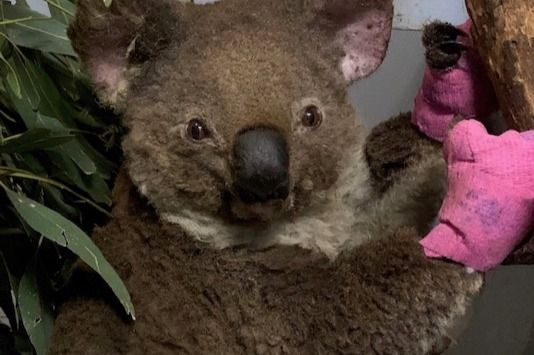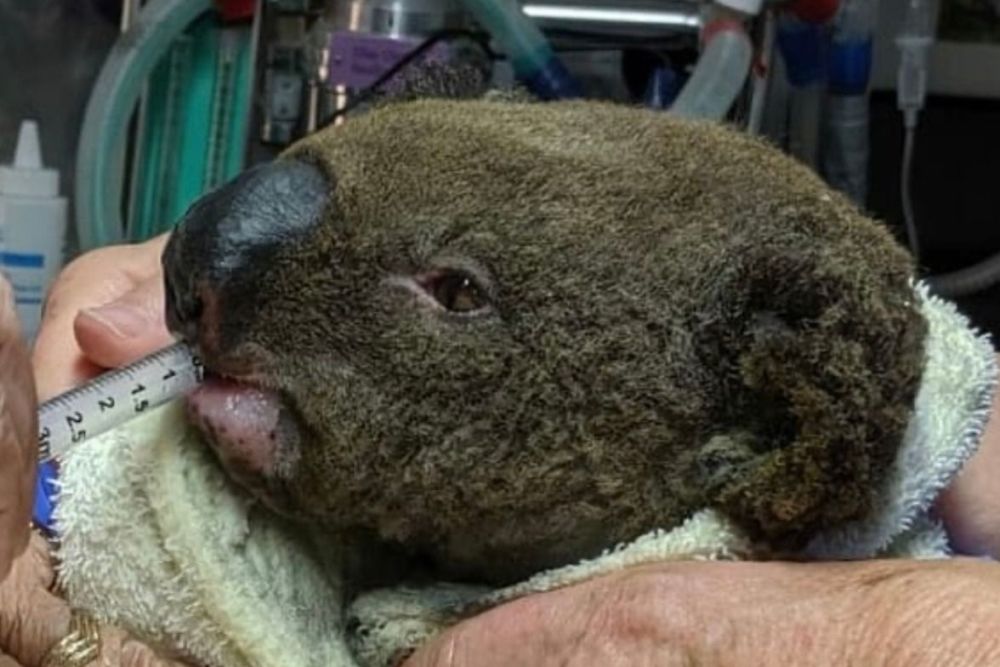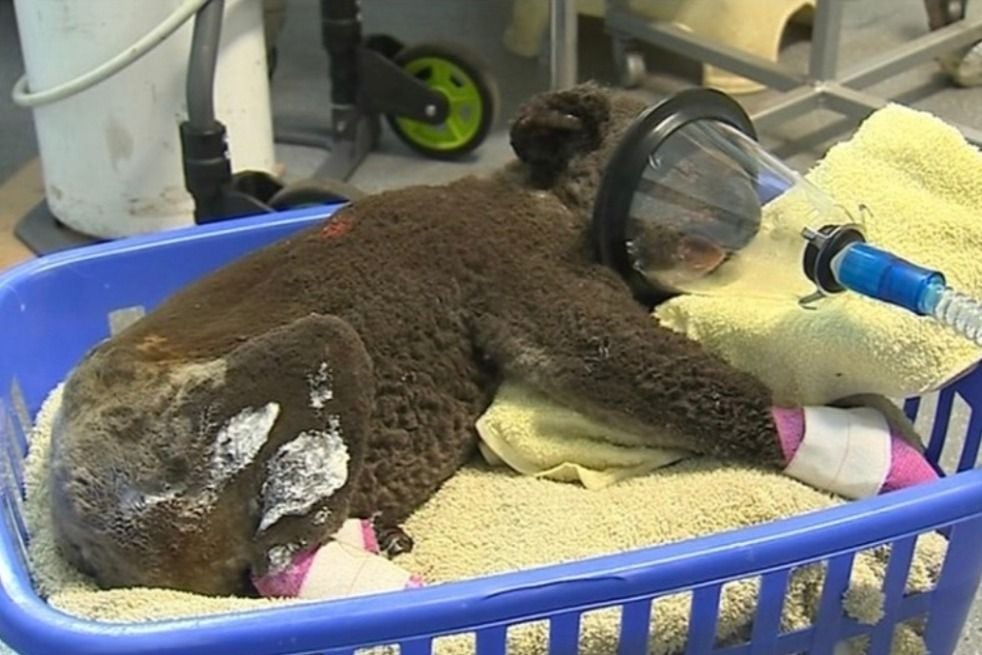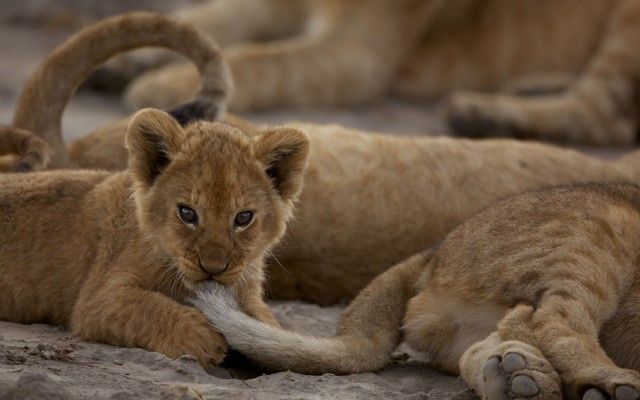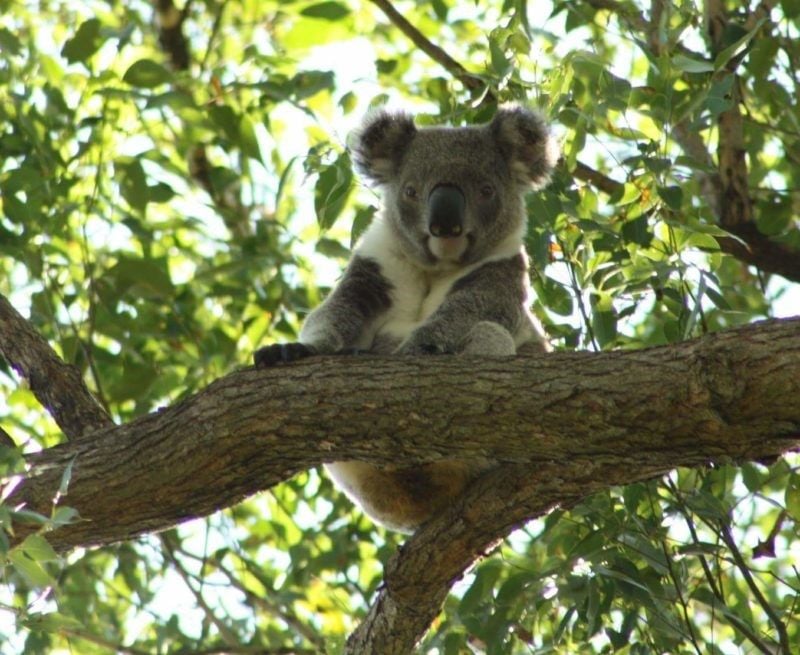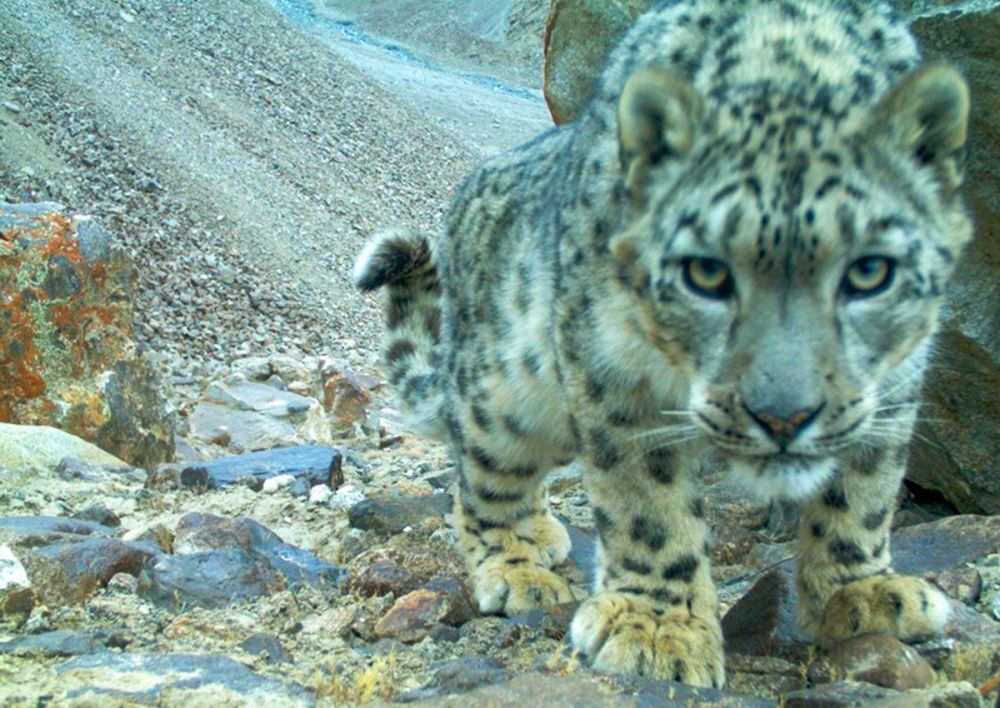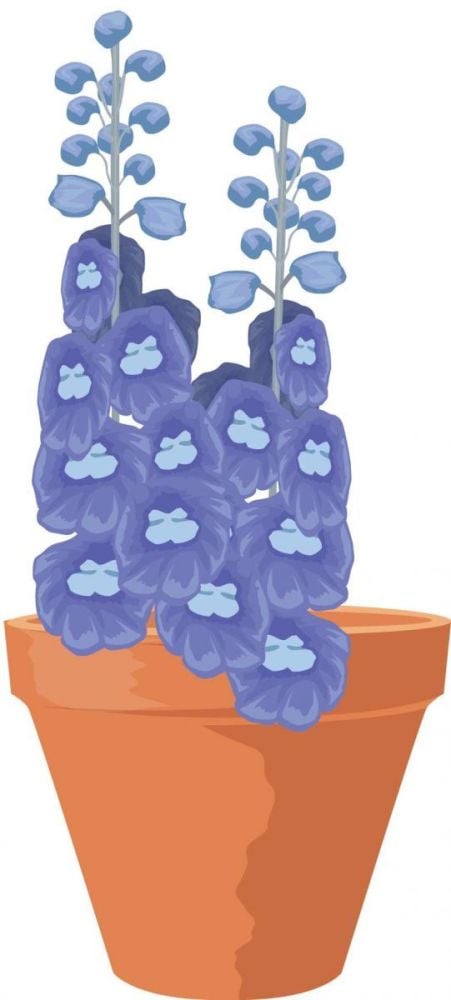URGENT Appeal for Koalas and the Port Macquarie Koala Hospital GoFundMe Appeal
Posted on
|
I have just read the most terrible news. Koala populations and their habitat have decreased to such an extent that they are now “functionally extinct”. Forbes.com reports that Chairman of the Australian Koala Foundation estimates that over 1,000 koalas have been killed from the fires. 80% of their habitat has been destroyed, thanksk to bush fires, prolonged drought and deforestation. Functionally extinct occurs where a population has become so limited that their population is no longer viable. The small number of the surviving animals means that they are unlikely to survive long term. Koalas eat up to 2 pounds of eucalyptus leaves a day. And bushfires and deforestation has destroyed this main food source. The recovery of such plants after fires will take months – so there will be no food for the koalas. HELP KOALAS
So far, they have raised $1.35 million from 35,000 donors. One of the things they want to do is to install drinking stations for koalas in areas devastated by the fires. And they want to have a Koala Ark so that burned koalas can live in a healthy habitat as they recover. The hospital are searching for koalas, along with the National Parks and Wildlife Service crew leaders. So far 31 koalas have been brought to the hospital from various fire locations. Koalas arriving at the hospital are rehydrated and examined for burns. Burns are treated with cream, and then bandaged. Dressings are changed every three days. The hospital wanted to raise money to buy and distribute automatic drinking stations in the burnt areas to help koalas and wildlife. Now, more will be built, and shared with other wildlife organisations in areas affected by fire. Two will go to the Northern Rivers fire area next week. The hospital is buying a water carrying vehicle with fire fighting capabilities to replenish the drinking stations with water as they need it. Thanks to the incredible amount of money raised, the hospital is going to establish a wild koala breeding programme. The bushfires in and around the Port Macquarie area killed about 350 koalas. 75% of the fireground footprint was prime koala habitat.
As well as donating to help the koalas, we can all do what we can do consider how our life style is impacting on the planet. The human race has caused enough destruction of our natural world. It’s time to do the right thing and put this right. PLEASE DONATE NOW
PS There's another GoFundMe appeal for the Currumbin Wildlife Hospital Foundation who are also needing funds to help care for koalas affected by wildfires. Visit their GoFundMe page |
